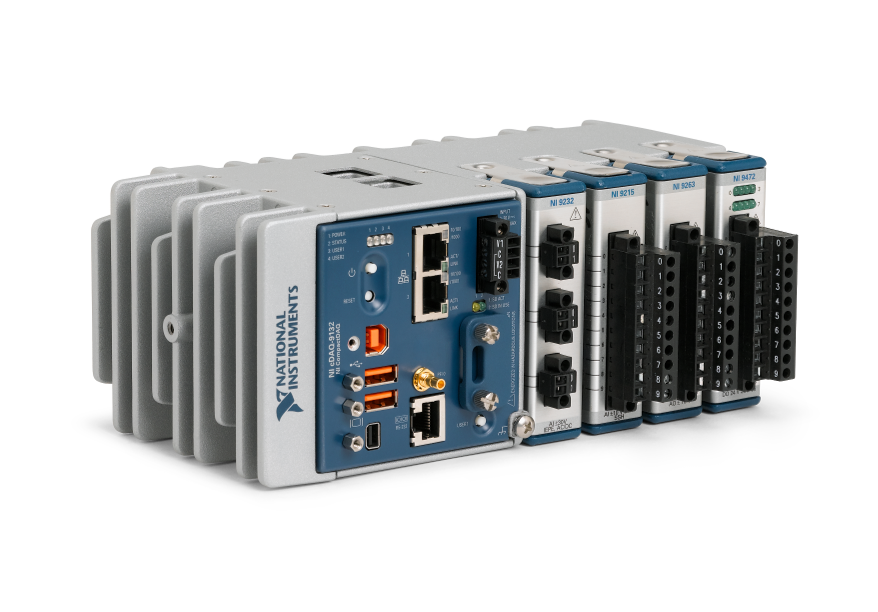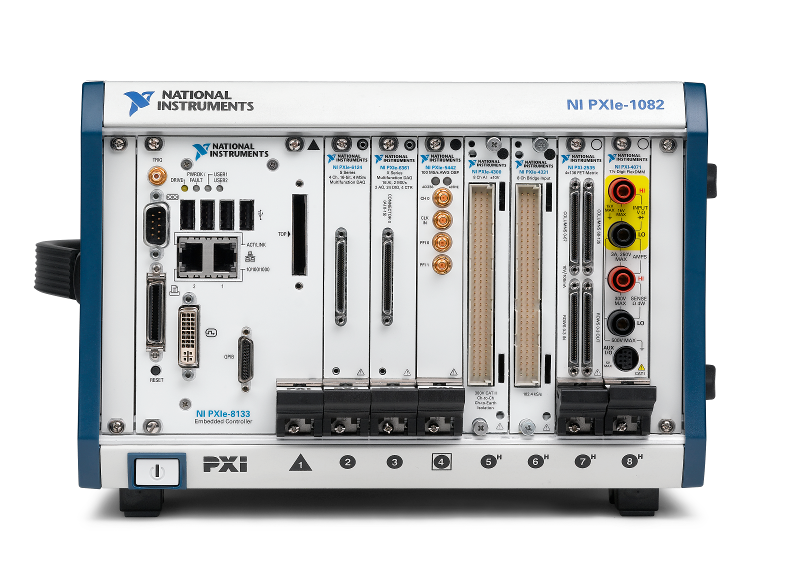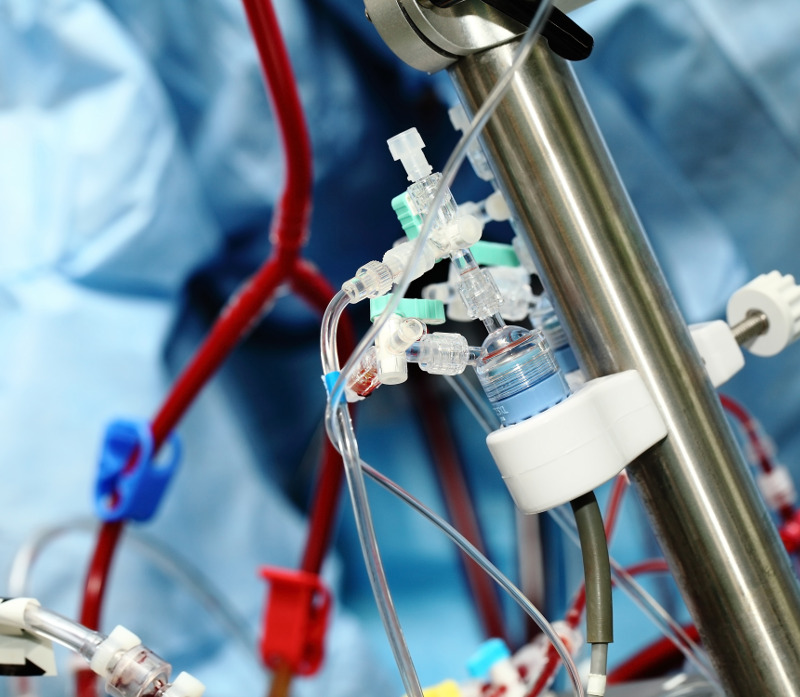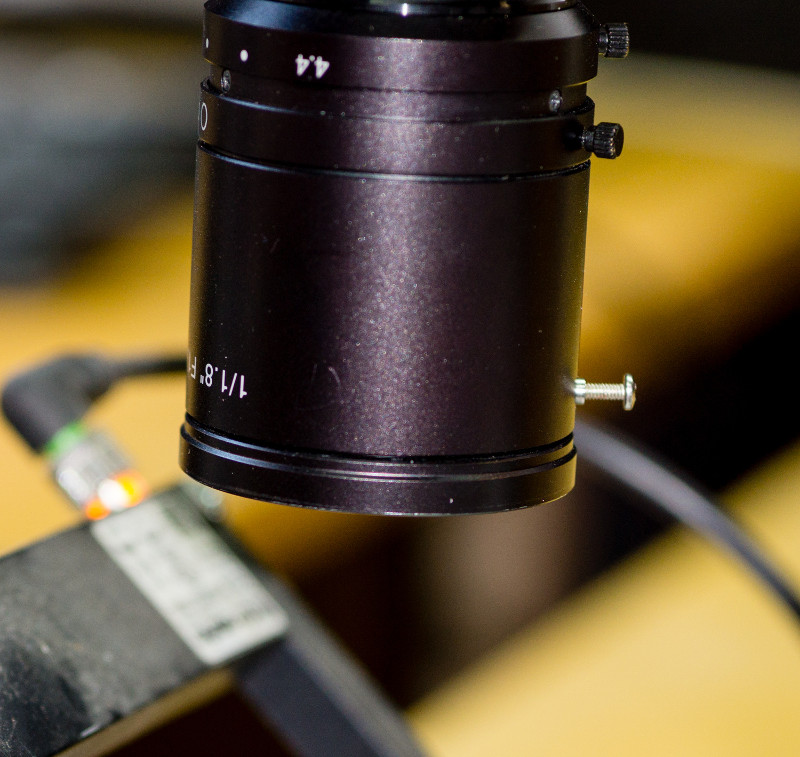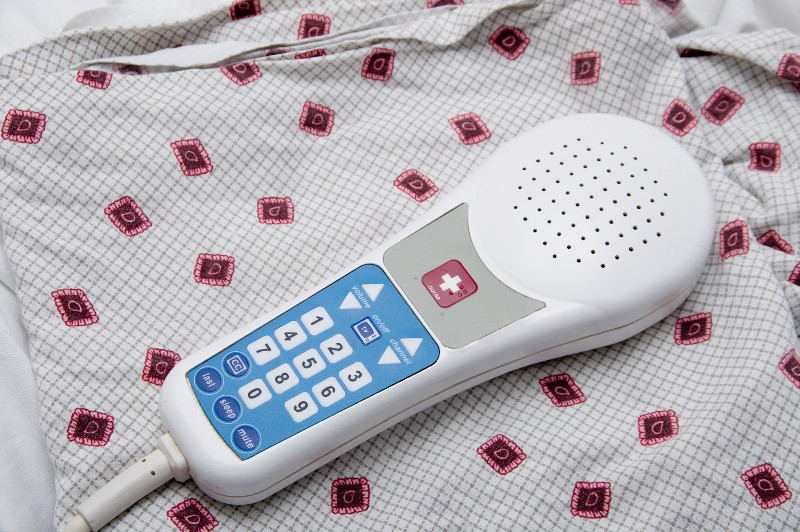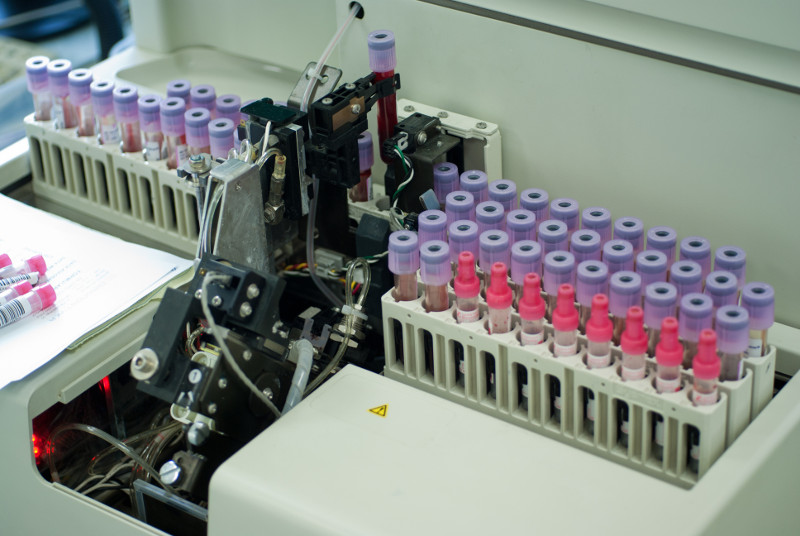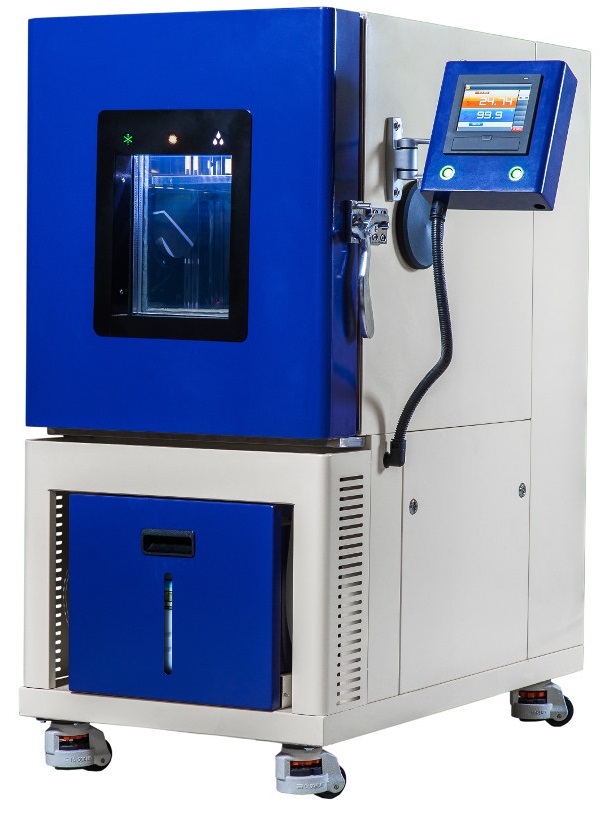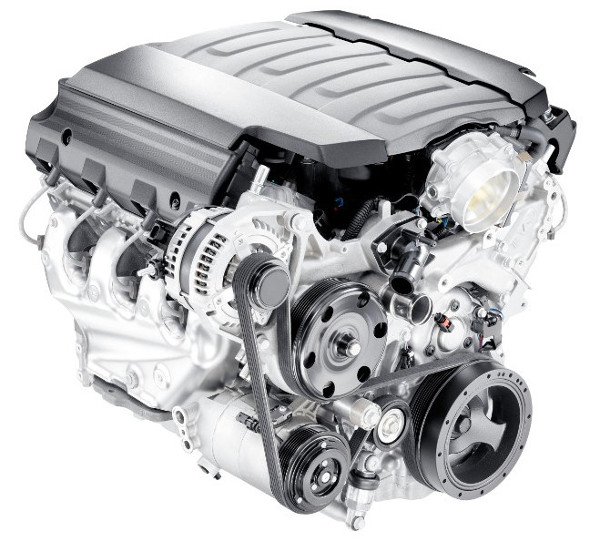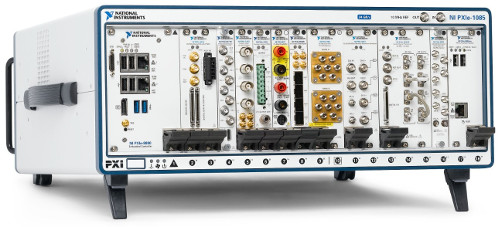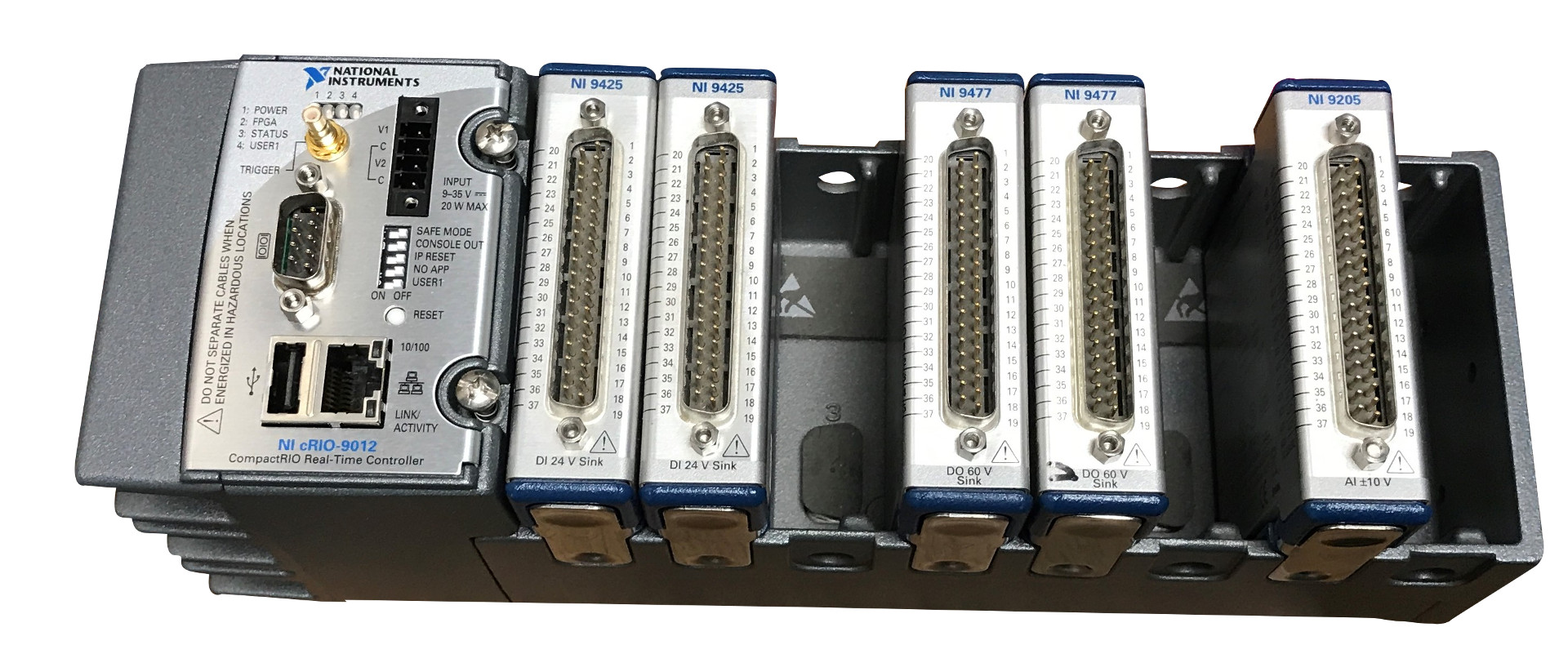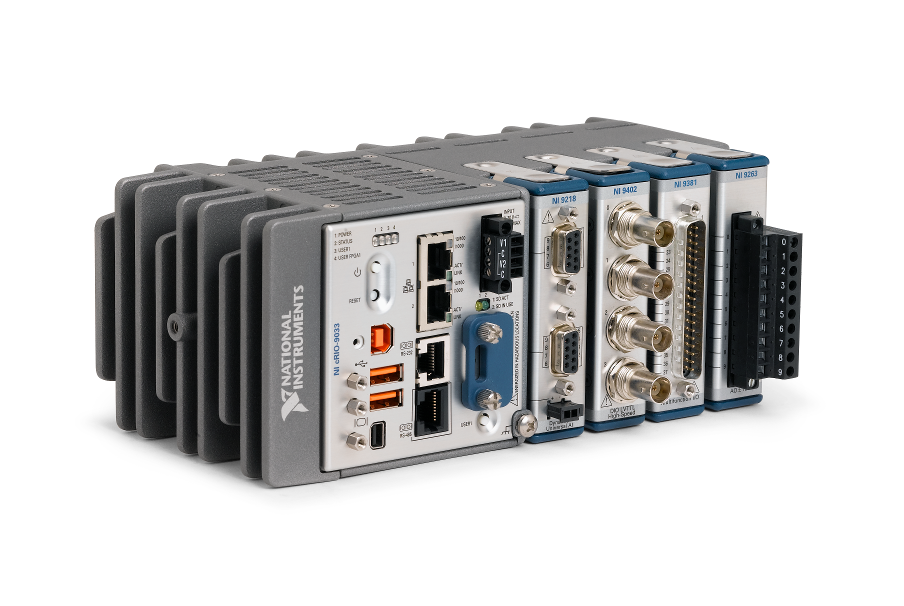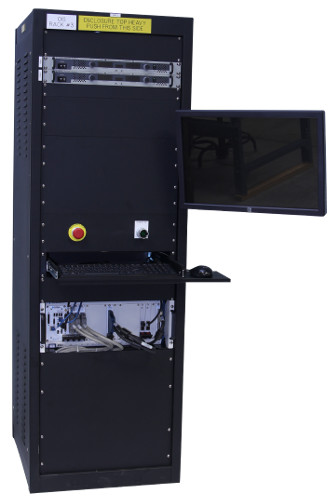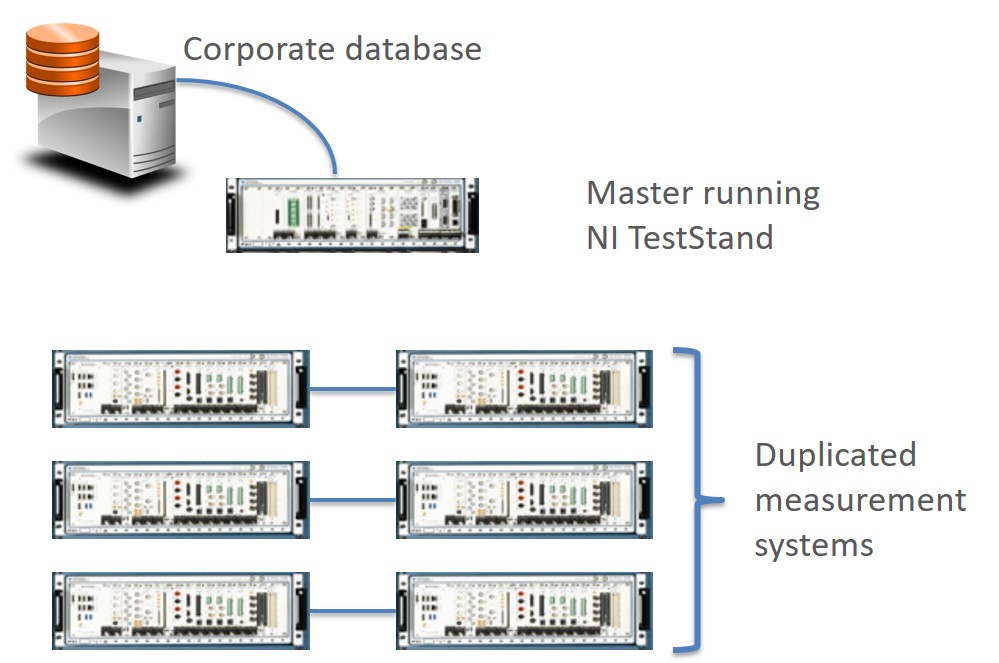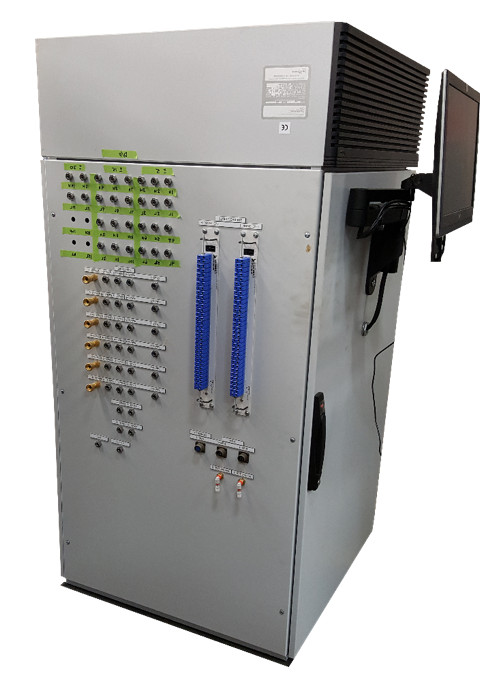
Automated Hardware Testing
For industrial components and systems
- What Automated Hardware Testing is.
- Why do it.
- Types of Automated Hardware Testing.
- Commonly tested products.
- How to do it.
What is Automated Hardware Testing?
Automated hardware testing validates or verifies a product’s performance before it leaves the factory, using special automated test hardware and software. The product being tested is generally called the UUT (Unit Under Test), or sometimes DUT (Device Under Test).
The testing may be semi-automated, where a human is involved during some part of the testing process (maybe probing a specific point, or moving a connector), or it may be fully-automated, where the operator may place the UUT in a fixture and press a “go” button, but then it’s hands off until the testing is complete.
Why do it?
Testing industrial products generally makes sense because they’re generally complex, often with lots of moving parts, expensive, and cause significant problems when they don’t work. This usually boils down to safety and/or money. Your hardware generally falls into one or more of these categories:
- A safety-critical component/system
- A device that customers expect to work flawlessly out of the box
- A mission-critical single-point-of-failure
- Regulated by some governing body
Types of Automated Hardware Testing
There are two main types of automated hardware testing: (1) product validation and (2) manufacturing test.
The main goal of product validation is to determine that the design of the product will meet its specification/requirements. It’s the earlier-stage ringing out of the design, sweeping and cycling through various stimulus (e.g., input voltage limits, load limits) & environmental dimensions (e.g., temperature, humidity, vibe) to help determine how the design will perform once it’s out in the world. These units under test (UUTs) are often exercised to the point of failure and are not intended to be sold.
On the other hand, the main goal of manufacturing test is to verify that the unit passes a subset of key specifications before it leaves the factory and heads to a customer. It’s often the final step before the unit is packed up and shipped out.
Hardware Testing Methods
Automated hardware testing methods usually fall into three hardware categories:
- Electronic sub-systems
- Electrical components & sub-systems
- Mechanical components & sub-systems
Electronic sub-systems
Often in-circuit testers are used at the circuit board level to probe various test points and test out low-level processor functionality, on-board memory, cable/interconnects, and communication interfaces. There’s often a fair amount of overlap during final test, when the application software is loaded. This will test a fair amount of the core functionality of the application.
If you want to learn more about in-circuit and functional test, check out https://www.circuitcheck.com/product/in-circuit-test-fixtures/ and https://www.circuitcheck.com/product/functional-test-fixtures/.
Electrical components & sub-systems
Testing methods for this category generally tie back to measuring current and voltage in different ways and in response to different stimulus, ultimately calculating things like power consumption, start-up current draw, input/output signal transfer, component temperature rise, and communications interfaces (see Electrical component test systems for more detail).
Mechanical components & sub-systems
Mechanical components may be inspected visually/physically utilizing machine vision, while various sub-assemblies such as electric motors, pumps, valves, chains, shafts, bearings, actuators, and heating/cooling elements are tested through testing methods such as: power consumption, housing temperature, bearing and unbalance vibration, pull-in current, time to speed up, and time to coast down.
For more details, see our product testing methods white paper.
Hardware Testing Process – How to test products during production
See this hardware testing process article for info on typical hardware testing processes, how to determine what needs to be tested, and how to test your product.
Commonly Tested Hardware Products
Some hardware that often utilizes automated testing includes:
- Aircraft parts (e.g., landing gear, wing flap actuators)
- Medical devices (e.g., pumps, analyzers, imaging equipment)
- Aerospace hardware (e.g., rockets, missiles)
- Automotive parts (e.g., engine components, switches, actuators)
- Train parts (e.g., switches, brakes)
- Industrial equipment (e.g., HVAC systems, generators, turbines)
- Industrial machinery components (e.g., bearings, motors, actuators)
How to do it – Automated Test Systems
Automated hardware testing is accomplished with custom automated test systems. In order to develop such a test system (or have one developed for you), the place to start is with test system requirements. This will drive your test system software and hardware functionality. The pieces of an automated test system will generally be broken up into these major sub-systems:
- Test system platform
- I/O signal conditioning
- Benchtop instrumentation
- Data acquisition hardware
- Test sequencing / automation
- Test Steps & application algorithms
- Operator and Engineering User Interface
- Automated report generation
- Electronic Records
- Control
- Enclosures
- Cabling & test fixtures
Next Steps
If you’re looking to outsource the development of your automated test system, you can reach out to us for a test system consultation. See here for some automated test system case studies.
If you’re interested in the next layer of detail of these aspects of an automated test system, check out our Custom Test System Buyers Guide.
If you’re in learning mode, here’s some other resources for you:
- Product Testing Methods – for industrial hardware products
- Hardware Product Testing Strategy
- Hardware Test Automation Tools
- Test Automation Best Practices
- 5 Keys to Upgrading Obsolete Manufacturing Test Systems
- 9 Considerations Before you Outsource your Custom Test Equipment Development
- If you work for a US-based manufacturer or lab, sign up for automated test group emails.
